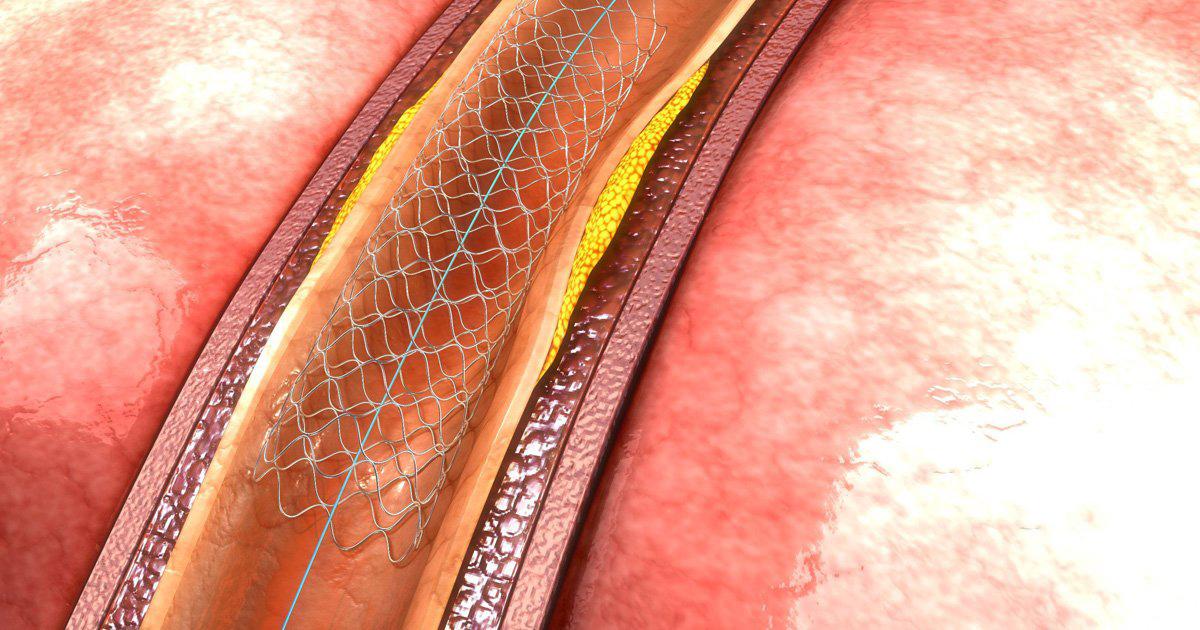Guide To Treating Rheumatic Heart Disease
In the United States, rheumatic heart disease is uncommon. It is diagnosed in about 0.04 to 0.06 per one thousand children. This heart condition is a complication of rheumatic fever, which typically results from strep throat, a condition caused by the streptococcus A bacteria. The heart issues associated with this disease generally present in the form of heart valve scarring or dysfunction. This forces the patient’s heart to have to work much harder to pump blood throughout the body. Eventually, this issue can lead to congestive heart failure and atrial fibrillation. Treatment of rheumatic heart disease focuses on preventing the recurrence of rheumatic fever and correcting any heart issues the patient is experiencing.
Antibiotics For Infection

Antibiotics for infection are used whether the patient has active rheumatic fever or not. When a fever is not present, these medicines are used in a prophylactic capacity to prevent infection recurrence. Doctors may prescribe antibiotics for several years to reduce the risk of infection recurrence. This is important because if rheumatic fever comes back, it could result in further damage to the heart. Penicillin is the most commonly recommended antibiotic for this condition. If the patient is allergic to penicillin, they might receive a narrow-spectrum cephalosporin drug, azithromycin, clindamycin, or clarithromycin. All of these antibiotics work to fight against the streptococcus bacteria responsible for this infection.
Learn more about how to treat rheumatic heart disease now.
Anti-Inflammatory Medication

Anti-inflammatory medication is commonly prescribed to treat rheumatic heart disease, as heart issues often respond fast to these medications. The medication of choice is acetylsalicylic acid, though if heart failure is noted or if the carditis gets worse, doctors might add the corticosteroid prednisone to the patient’s regimen. The acetylsalicylic acid therapy should be started as soon as rheumatic heart disease manifests. It works to alleviate inflammation by inhibiting prostaglandin synthesis. If prednisone is added, doctors usually prescribe it for approximately two to fours weeks along with acetylsalicylic acid. During the last week, this steroid will be tapered if the carditis is improving.
Reveal more ways to treat rheumatic heart disease now.
Heart Valve Surgery

Rheumatic heart disease can damage the heart valves. Heart valve surgery might be considered to replace or repair the valves that have sustained damage. Damage may affect the aortic, mitral, or tricuspid valves. There are two types of this surgery, including a valvuloplasty and an annuloplasty. Valvuloplasty might be considered when a heart valve opening is narrowed as a result of rheumatic heart disease. Once the problematic valve is repaired, this can help reduce the patient’s symptoms by improving blood flow. An annuloplasty involves reinforcing or tightening the heart valve ring. This can prevent blood from flowing backward into the affected valve.
Get to know the next method of treating rheumatic heart disease now.
Blood Thinning Medication

Blood-thinning medication might be considered if the patient needs to have a heart valve replaced. Patients at risk for a stroke might also receive this type of medication. The risk of blood clots may increase if the patient experiences atrial fibrillation as a complication of rheumatic heart disease. Issues with blood clotting are most often seen when rheumatic heart disease is affecting the heart’s mitral valve. The type of blood thinner prescribed will depend on several factors, such as the patient’s age and overall health. How long this medicine is required depends on the results of the clotting studies doctors will do to determine the overall effectiveness of blood-thinning therapy.
Reveal details on the next treatment for rheumatic heart disease now.
Balloon Angioplasty And Stenting

Rheumatic heart disease may cause the heart valves to become stuck closed. Balloon angioplasty and stenting can help open these valves to ensure adequate blood flow. The first step is inserting a tiny balloon into the affected heart valve. The surgeon inflates it to instantly widen the affected valve. Removing this balloon could cause the valve to close again, so surgeons will insert a stent, a small tube usually made of wire mesh, before removing the balloon. This will hold the valve open and reduce the risk of it becoming closed again. Some stents are coated with medicine, while others are not.
